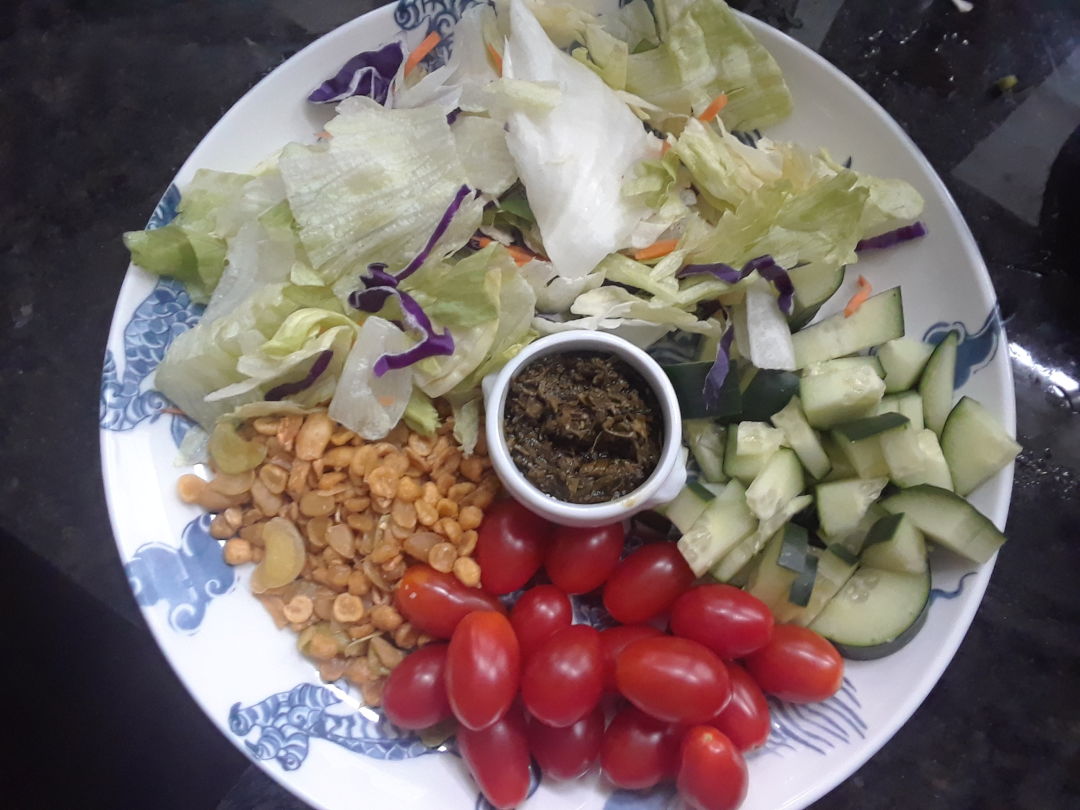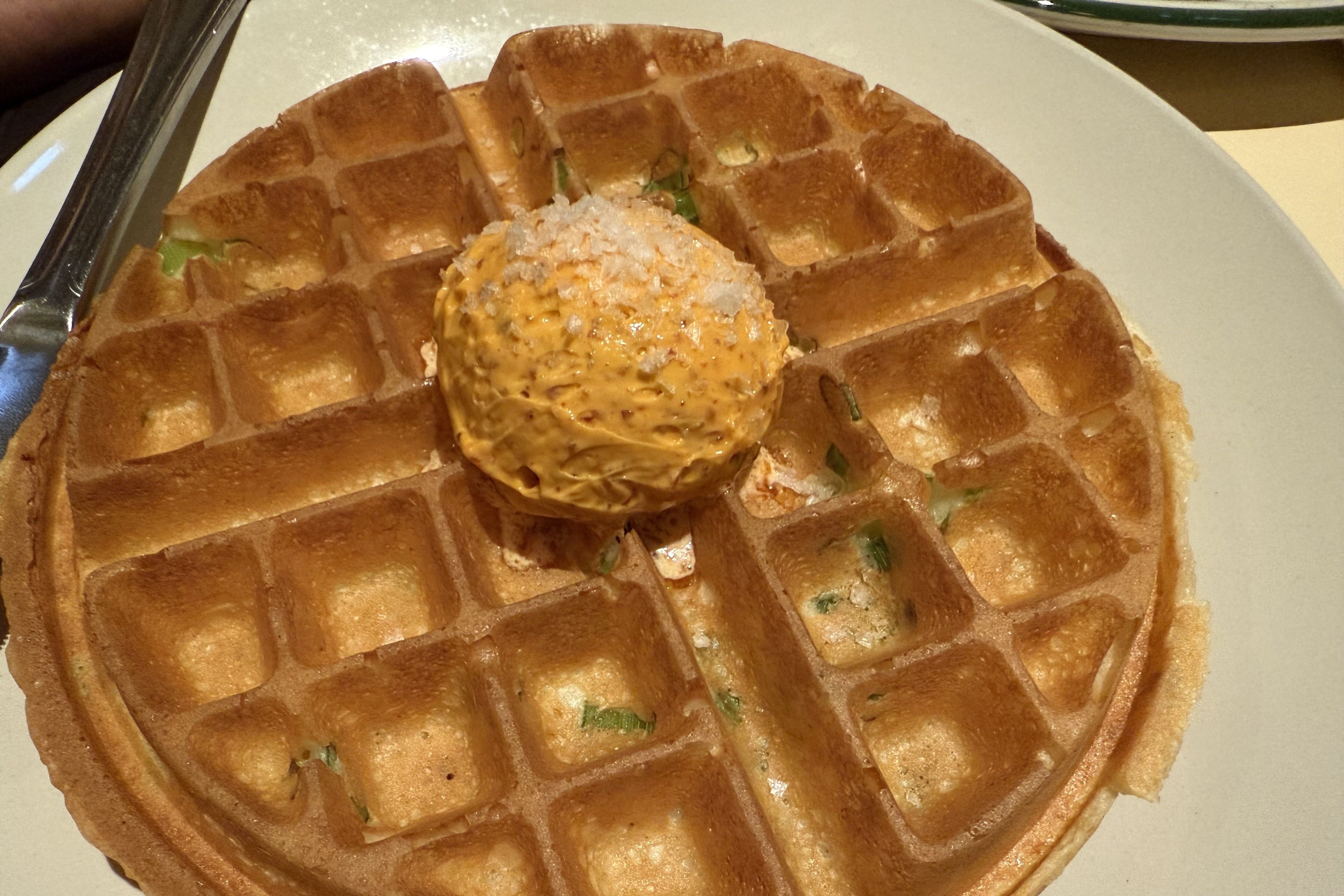How to Eat an Impossible-to-Find Myanmarese Dish in Houston

While it looks simple, lahphet thoke includes ingredients that are difficult to source here on the Gulf Coast.
Image: Joanna O'Leary
The first time I had lahphet thoke was at Burma Superstar in San Francisco. I was visiting a close friend who, knowing my love of Indian and Chinese food, suggested I try Myanmarese cuisine, which she described as a “blend of both, sort of, plus some unique random elements that will blow your mind.” One of those elements, I came to learn, was the utilization of tea leaves not just in beverages but also in cooked and prepared dishes. Lahphet thoke, a salad featuring fermented green tea leaves, is among the most famous of these dishes, and trying Burma Superstar’s version was a revelation. Few things I have eaten in my life have boasted such sophistication with regards to the degree to which the diverse textures and flavors so gracefully complement each other.
Although the softened pickled tea leaves are by themselves very astringent, this pungency is well-matched by citrus piquancy and pepper heat from limes and chilis, respectively. Fried garlic, sesame seeds, and cooked lentils provide terrific contrasting levels of crunchiness and contribute heartier notes. Some restaurants also include chopped tomatoes, which add botanical sweetness. And because the base of lahphet thoke is well-shredded romaine, the salad is refreshing despite its headier components because of the increased water content of the lettuce.
My love for lahphet thoke not only gave rise to many return visits to Burma Superstar but also eventually inspired a trip a few years ago to Yangon, Myanmar, where I ate my weight in fermented tea leaves. Since that trip I have been on a mission to try any and all restaurants in America that serve Myanmarese food. There is nothing in Houston, so this quest has led me to The Family House Chicago and Rangoon in Philadelphia, where I relished each restaurant’s rendition of lahphet thoke in addition to other iconic dishes like mohinga and palata.
But like any addict, I have become eager to cut out the middleman (i.e., the restaurant) and create my own lahphet thoke. The challenge (and not just for me, it turns out), can be obtaining properly fermented tea leaves for the salad dressing. Burma Superstar now sells its own salad kit, but unfortunately delivery is not available to my zip code. Additional research plus some crowd-sourcing alerted me to one (unsurprising) option: Amazon.
And while I am usually comfortable with contributing to Jeff Bezos's burgeoning billions, this time I felt like helping out the little guy (or gal). After more interwebs hunting, I settled on ordering my ingredients from Yoma Myanmar Tea Company, a literal mom-and-pop shop run by Sai and Thawdar Kyaw. A political asylee from Myanmar, Sai and his wife now reside in Boston (my old stomping ground), where they operate a Myanmarese restaurant, Yoma.
I placed my order online for fermented tea leaves in dressing, plus two other traditional accompaniments: a two-pound bag of dried chickpeas and lima beans toasted in oil, and a jar of fried garlic. The sum total was about $30, including shipping. Approximately 48 hours later, my package of goodies arrived and I constructed my salad according, more or less, to the instructions on Yoma’s website. By “more or less,” I mean I doubled the recommended amount of tea leaf dressing and lentils and used fewer vegetables.
My DIY lahphet thoke was absolutely terrific, with the tastes I recognized from those I have eaten in restaurants and in Myanmar, though slightly richer because of my preference for a salad with a heavier helping of tea leaves and fried crunchies.
Three straight nights of a large lahpeht thoke for dinner and I’m already a third of the way through my tea leaves. I guess it's time to buy more.




